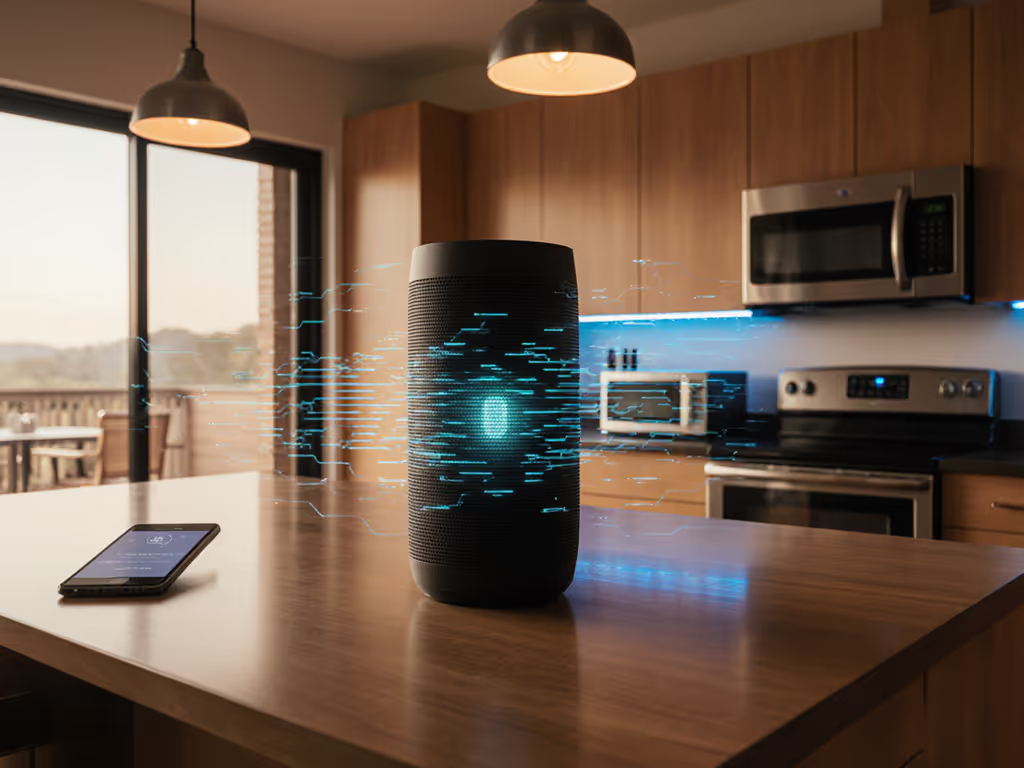
Car Bluetooth Audio That Actually Works
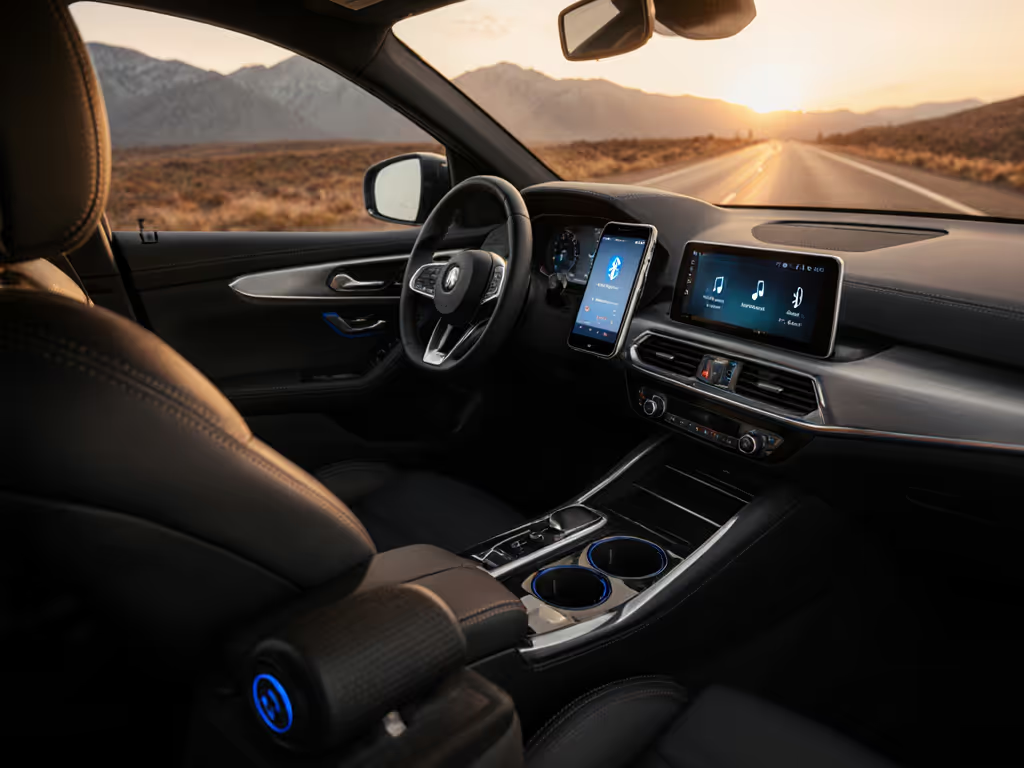
Introduction
Getting Bluetooth audio to work reliably in your car feels like a modern necessity turned frequent frustration. Dropouts during your favorite song, failed pairing attempts before a phone call, or muffled sound quality can turn a daily commute into a test of patience. The good news? Achieving stable, high-quality car audio Bluetooth integration doesn't require a new vehicle or an engineering degree. With the right approach to vehicle audio pairing and setup, you can enjoy seamless streaming, crisp calls, and intuitive controls (transforming your driving experience one connection at a time). Small tweaks, big routine wins.
1. Know Your Car's Input Options
Start by identifying what your car stereo supports. Older models might only have a cassette deck or FM radio, while newer ones could feature AUX ports or built-in Bluetooth with limited functionality. Looking for flexibility beyond basic pairing? See our multi-connectivity guide covering AUX, USB-C, and Wi-Fi options. For Bluetooth wireless speakers for car setups, this assessment dictates your adapter type. Cassette decks work with tape-style adapters, AUX ports pair with Bluetooth receivers, and FM radios sync with transmitters. Check your manual or inspect the dashboard. Knowing your starting point avoids buying incompatible gear.
2. Select the Simplest Adapter Type
Match the adapter to your car's inputs for minimal hassle:
- FM transmitters: Plug into the cigarette lighter, pair via Bluetooth, and tune your radio to the transmitter's frequency. Ideal for cars without AUX ports but can suffer interference in metro areas.
- AUX-in adapters: Connect directly to your car's AUX jack. Pair your phone, switch the stereo to AUX mode, and enjoy lag-free audio without frequency hunting.
- Cassette adapters: Slide into the tape deck and pair. Surprisingly reliable for vintage systems but limited to older vehicles.
3. Pair Your Device Correctly
Consistent pairing prevents most Bluetooth car audio troubleshooting headaches:
- Enable Bluetooth on your phone.
- On your car stereo, navigate to Bluetooth settings (e.g., press SOURCE until BT AUDIO appears on Sony units).
- Select your car's name on your phone (e.g., HandsFreeLink for Hondas).
- Confirm pairing codes if prompted.
Pro tip: If your stereo only remembers the last device (like some Sony models), manually reconnect via the Device menu.
4. Optimize Placement and Interference
Poor car speaker connectivity often stems from physical barriers or signal clashes. Keep your phone within 30 feet of the adapter, ideally mounted near the dashboard, and review these Bluetooth range tips for real-world obstacles. Avoid placing adapters near power inverters, dash cams, or wireless chargers, which can cause dropouts. For FM transmitters, pick unused frequencies using your radio's scan feature, and test multiple channels in different locations.
5. Secure Portable Speakers as Alternatives
If adapters feel unreliable, a durable Bluetooth speaker offers a workaround. Securely mount it using cup holders or non-slip mats. For example:
- The JBL Flip 7 withstands bumps and spills (IP68-rated) and clips to bags via its PushLock system. Its 16-hour battery lasts through cross-country drives [Product: ].
- The Bose SoundLink Flex Gen 2 auto-adjusts sound based on positioning. Its IP67 rating shrugs off dust or downpours during road trips [Product: ]. Not sure what IP67 vs IP68 actually means? Our waterproof IPX ratings guide explains the differences.
Safety note: Use voice commands or dashboard controls (not your phone) to adjust volume or tracks while driving.
6. Troubleshoot Common Flaws
When audio stutters or disconnects:
- Reboot devices: Power-cycle your phone and car stereo.
- Check battery: Low power on adapters or speakers weakens signals.
- Re-pair: Delete old pairings and reconnect from scratch.
- Update firmware: Some stereos (e.g., Honda) require software upgrades for stability.
7. Maintain Your Setup
Prevent future issues with quick habits. Clean adapter ports monthly with compressed air to avoid dust buildup. For FM transmitters, periodically rescan for clear frequencies in busy areas. Charge portable speakers after long trips to preserve battery health, most last 12-16 hours but degrade faster when drained completely.
Conclusion
Reliable car audio Bluetooth integration boils down to matching your car's capabilities with the right adapter, pairing meticulously, and optimizing for real-world challenges like interference or placement. Whether you retrofit an older model with an AUX adapter or use a rugged speaker as a backup, the goal remains: effortless audio that just works. For deeper dives into Bluetooth car audio troubleshooting or advanced setups like stereo-paired speakers, explore manufacturer guides or certified auto techs (because your commute deserves a soundtrack, not static).
Related Articles

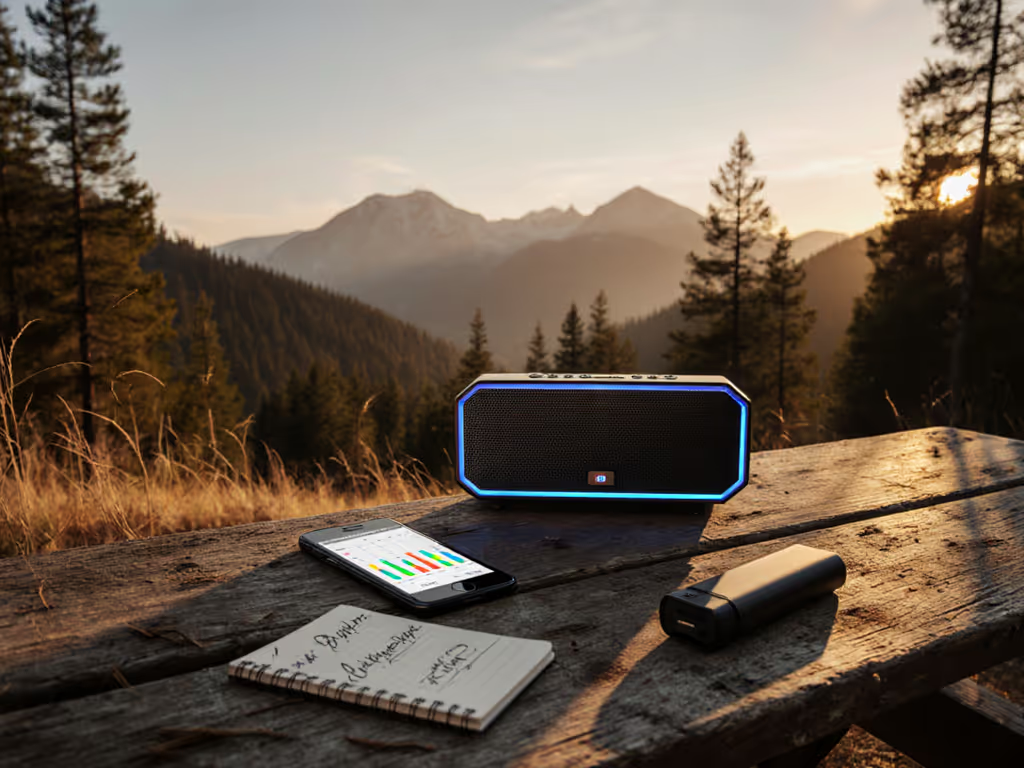
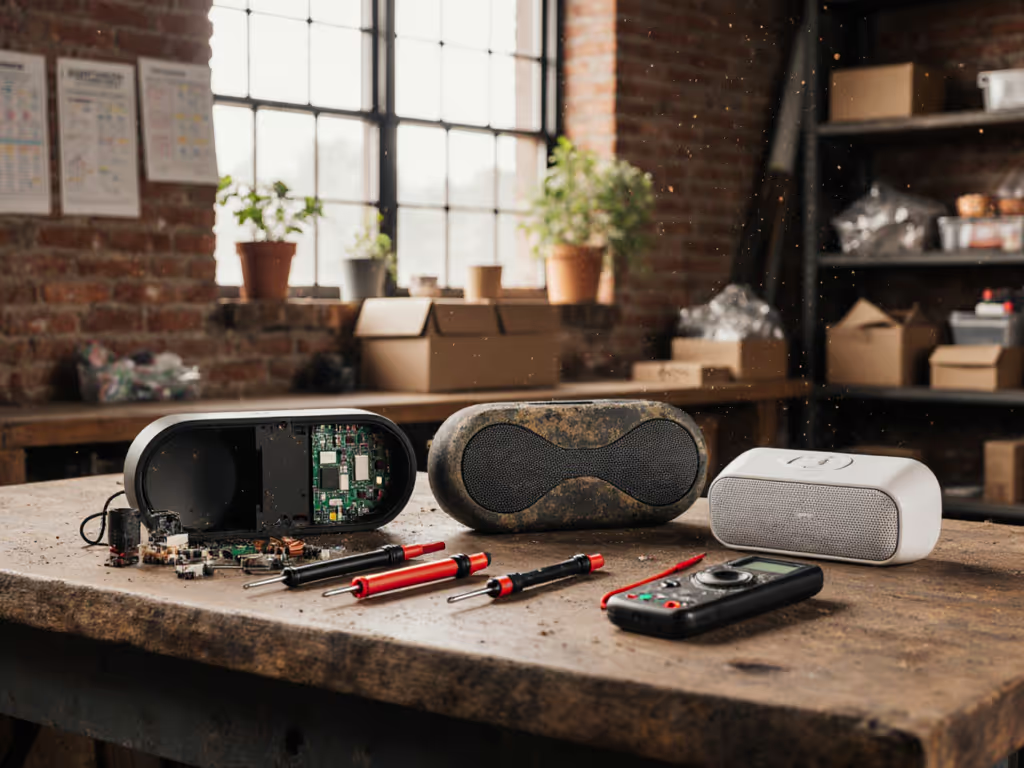
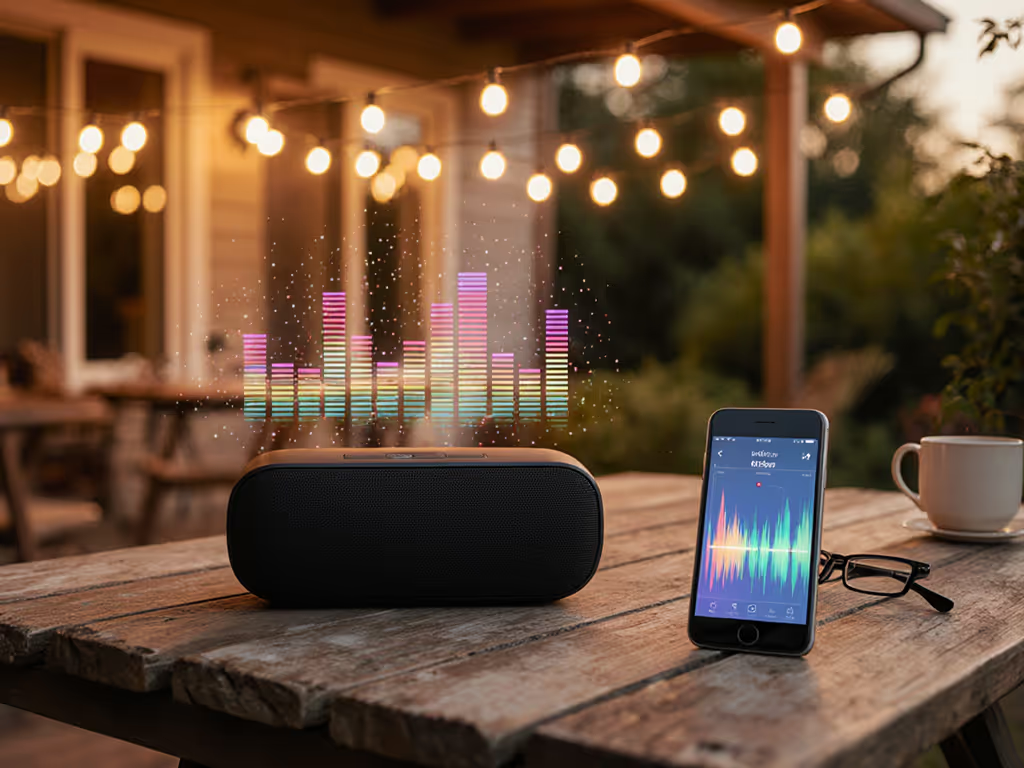
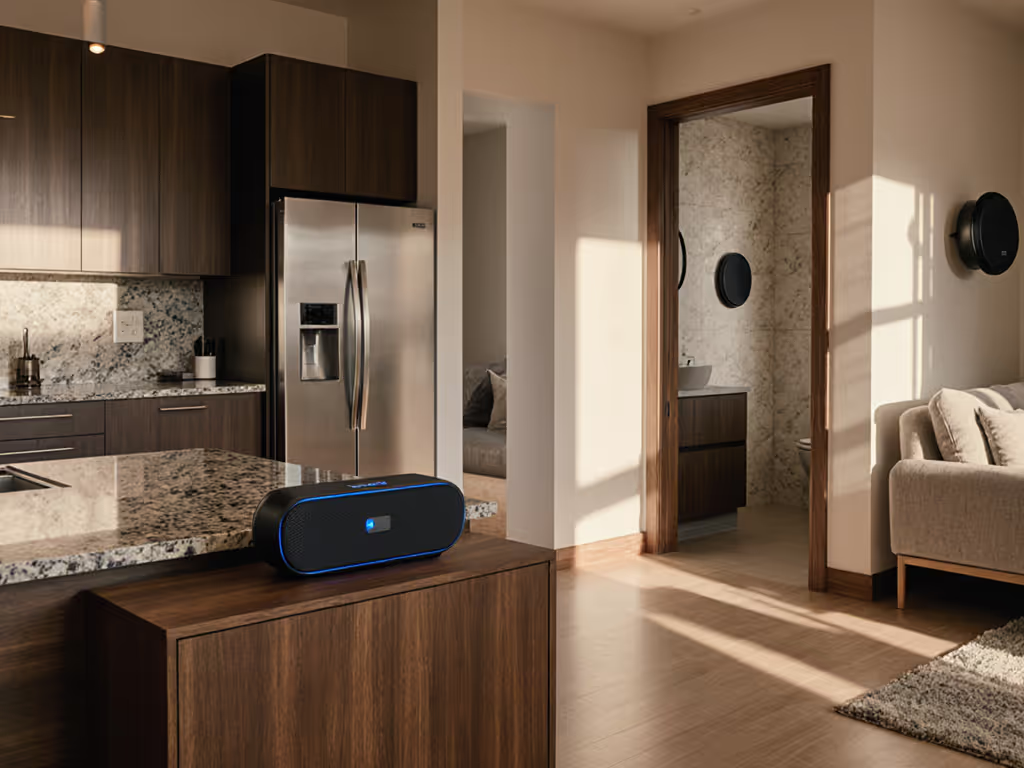
Proven Multi-Room Bluetooth Speaker Setups by Room
Build a dependable multi-room Bluetooth setup with real-world methods: measure at realistic distances, account for wall losses and interference, validate waterproofing in humidity, plan for true runtime and thermal limits, and optimize placement for bathrooms, living areas, and garages. Field-tested checklists and configurations guide gear selection and help avoid spec-sheet pitfalls.
